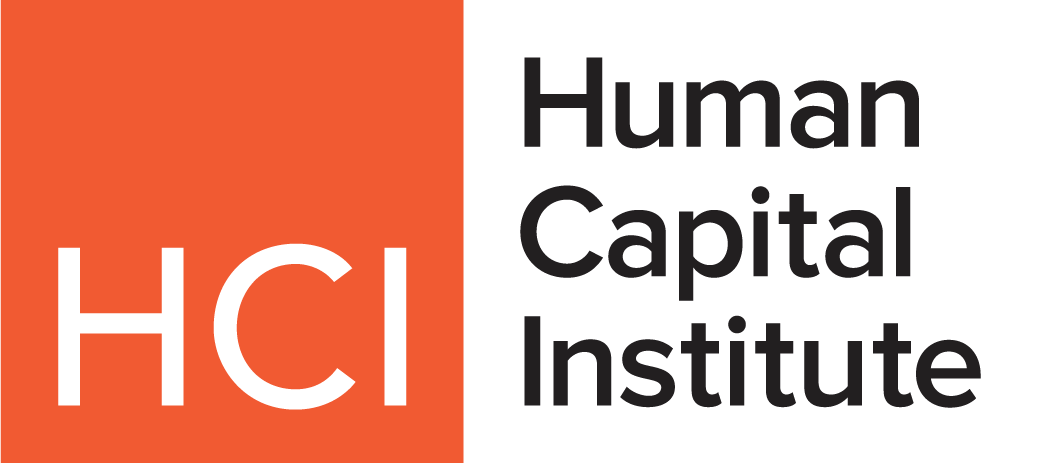In any organization, high-performing employees are invaluable. But what happens when someone becomes so good in their current role that promoting them—or moving them elsewhere—feels impossible?
It’s a delicate balancing act. How do you retain top talent without stalling their career or inadvertently creating risk?
Look to Lateral Moves
Scott Purcell, Co-Founder of Man of Many, puts it bluntly: when an employee becomes indispensable but remains static, companies face a serious retention risk.
“The key lies in maintaining engagement and satisfaction without promoting them out of their roles,” Purcell adds.
At his organization, lateral moves and new project opportunities are a core strategy. “We’ve fostered a culture where lateral moves and new project opportunities provide employees with fresh challenges and learning experiences akin to promotions without title changes,” he says.
Helping Employees Grow in Place
The solution isn’t to pretend the problem doesn’t exist. Instead, transparency, creativity, and active career planning are crucial.
As Katherine Loranger, Chief People Officer at Safeguard Global, explains, “No one is truly unpromotable—but organizations sometimes create that perception when critical knowledge or responsibilities aren’t shared.”
Loranger warns that when one person becomes the only keeper of certain knowledge, it’s not a compliment—it’s a business risk.
“The goal should be to scale that employee’s impact through documentation, mentorship, and delegation so they can grow while the business remains resilient,” she says. That requires proactive cross-training, coverage planning, and connecting employees across functions to avoid building isolated expertise silos.
Career advancement doesn’t have to mean climbing a ladder. Loranger advocates for a broader view. “Career growth isn’t just about vertical titles. You can offer the broader idea of ‘career advancement’—career paths can go in many directions, not just up, but diagonal and sideways,” she says.
At Safeguard Global, some employees develop through a Subject Matter Expert (SME) career track, taking on more complex projects and expanding their impact without necessarily stepping into management roles.
Transparency Matters
Transparency with high-value employees is essential, but it must be thoughtful. “Simply telling someone they’re ‘too valuable to lose’ without offering a development path can feel like a compliment wrapped in a cage,” says Loranger.
Instead, leaders should open a dialogue, co-create development roadmaps, and communicate clearly how scaling their role increases their value to the company.
David Case, President of Advastar Group, agrees that transparency is critical, but conversation must come first.
“Yes, I would let the employee know that you view them as too valuable in their current role to be promoted out of it,” says Case. “How I approached this was that I called the employee in for a one-on-one, explained this scenario, then asked for their thoughts on the matter and how this would impact their career goals.”
In some cases, it’s a non-issue: employees may prefer to stay where they are. But when they do seek growth, creative solutions matter. Case shares how Advastar created a new “Senior Recruiter” position for a top performer—one that added mentoring duties without taking them away from the core work they excelled at. “This ‘promotion’ also came with a salary increase to reflect the value they bring to our company,” he says.
Avoid the Advancement Trap
Flexibility is also key. In one example, Case’s company accommodated a top employee’s request for occasional remote work—something the team accepted because of the employee’s strong track record. “It helped to prevent any feelings of resentment over the ‘special treatment,’” says Case.
Failing to address this situation doesn’t just risk losing individuals—it can create systemic bottlenecks. Executive coach and author Kelli Thompson calls it the “expertise bottleneck.”
After years of consulting across industries, she noticed a pattern: “There was so much expertise concentrated in a small group of employees that it kept the broader organization from learning and growth,” says Thompson.
When a handful of employees hold all the critical knowledge, others stop learning. New hires defer to the experts instead of digging in themselves. Meetings, negotiations, even daily operations depend on a few indispensable individuals.
“Being too good of an expert keeps you, and the organization, in an advancement trap,” says Thompson. “You can’t grow because people need you too much.”
Develop Other “Doers”
The consequences aren’t just organizational—they’re personal. Experts stuck in “doer” mode can burn out. They can’t take real vacations, they can’t pursue strategic work, and, ironically, their own careers stagnate because they’re too busy fighting fires.
Thompson recalls one breakthrough moment: a founding employee at a healthcare technology startup went on medical leave. “People were suddenly forced to learn, dig for answers and generate solutions on their own,” she says. When the employee returned, the team was stronger—and the expert was finally able to step into a higher-level role.
Leaders must plan intentionally for these transitions. As Advita Patel, founder of CommsRebel, notes, “When someone becomes ‘unpromotable,’ it’s not a compliment, it’s a culture risk.” Patel argues that effective career development for top performers requires creativity, transparency, and true collaboration.
“You have to be transparent, creative and collaborative,” says Patel. “Let them know they’re doing incredible work and that you want to co-create new opportunities with them.” That might mean mentoring programs, stretch projects, or redesigned roles that reflect their ambitions.
Patel also emphasizes the importance of visible recognition and regular career conversations. “If you’re not thinking about their growth,” she warns, “then I guarantee someone else will be and they will exit.”
The consistent message across leaders is clear:
- Don’t hide the problem by clinging to top performers.
- Don’t compliment without offering growth.
- Don’t assume silence means satisfaction.
When companies invest time and creativity in redefining career development for indispensable employees, they not only protect their talent pipelines—they unlock the full potential of the people they already trust most.




